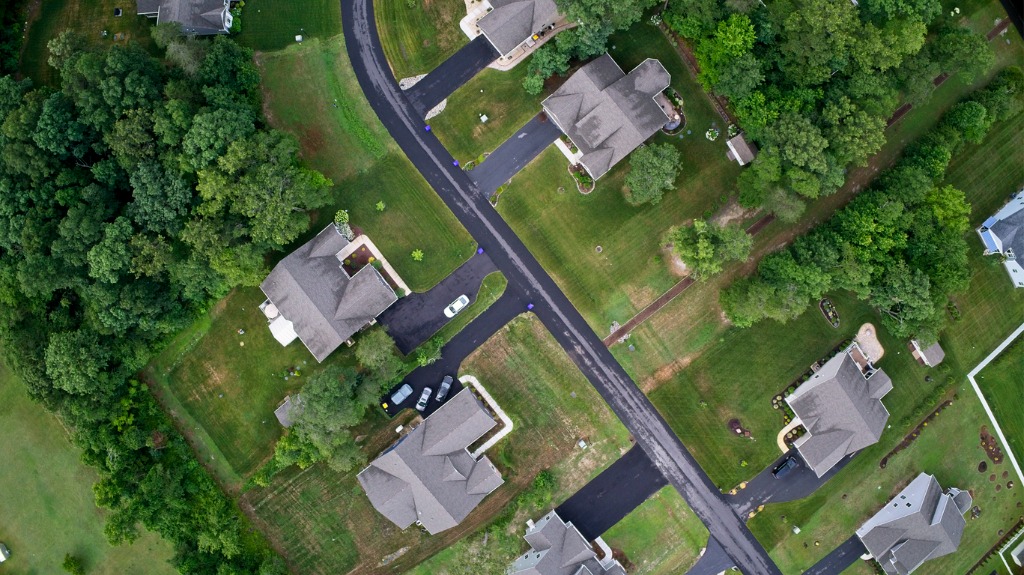
The state of Tennessee is expected, by some estimates to receive as much as $896 million through the federal government's $42.5 billion Broadband Equity, Access and Deployment (BEAD) program. But some customers in the rural southwest region of the state are on target to get fiber broadband service before those funds roll out, thanks to a buildout from Southwest Tennessee Electric Membership Corporation (STEMC) and Aeneas, which is nearly a year ahead of schedule.
STEMC, like other electric co-ops in the US, decided several years ago that it wanted to build out fiber for its membership. In the process of determining whether to start or acquire their own Internet service provider (ISP), they discovered that local Internet and telephone company Aeneas was looking for a buyer following the death of the company's owner.
"Our systems kind of overlapped a lot, so it was really good for us to be able to purchase Aeneas, and then also with them being an ILEC that we could serve outside of our electrical footprint," said Blake Stegall, director of fiber operations at STEMC, in a conversation with Light Reading.
Together, through a combination of grants from the FCC's Rural Digital Opportunity Fund (RDOF) and state grants funded through Tennessee's share of American Rescue Plan funds, STEMC and Aeneas are working with a total of $35.6 million in federal and state funds for this buildout. Though Stegall noted they didn't receive as much funding as they could have ("We got bit down pretty heavily with Charter in a lot of areas," he said).
Still, STEMC's build is on track to reach its full membership of roughly 52,000 passings with fiber when construction finishes by this August or September. That's roughly four years in and nearly one year ahead of schedule and will precede Tennessee's distribution of BEAD grants sometime next year. The company just connected its 10,000th customer to broadband service earlier this month, said Stegall.
Render as a 'force multiplier'
As one of just two managers on this fiber buildout, and with a sizable rural region to oversee, Stegall attributes STEMC's progress in large part to its partnership with the technology company Render Networks.
Render, which provides fiber network construction platforms that digitize geospatial data, is working with rural cooperatives like STEMC and others to accelerate their network deployments with real-time technology. Render was brought onto the STEMC/Aeneas build through project partner Irby Utilities whose operations manager, Josh Collver, calls Render a "force multiplier," helping fiber network deployments come in "roughly 20% ahead of schedule."
According to Sam Pratt, CEO of Render, his company configured STEMC's platform for their particular needs, which are "connecting as many homes and businesses in their area as they can... very efficiently with minimal overhead and minimal field supervision."
The outcome for STEMC is a construction platform that displays a map of the areas where it has received grants, and the color-coded status of various construction tasks along the network's path, along with attached images. The software incorporates dependencies that prevent certain tasks until others are completed. For example, "You can't go out and install a cabinet if you don't have the cable built yet," said Stegall.
For Stegall, that allows him to perform quality control tasks from his office that would otherwise take hours to do in person if he had to drive to each location.
Access to Render has been particularly helpful when it comes to connecting customer locations, he added. "Customer drops have been the biggest hurdle for us because you've got to touch so many places and so many houses," said Stegall. "Render makes this so much easier."
The software has even helped STEMC avoid lawsuits and damage claims. "I had an incident where I had an insurance claim where they snagged our fiber, and I was actually able to go back and prove that when we installed our cable that the installation height was high enough to meet code," said Stegall.
Rapid response to recent tornados
It also helped STEMC restore parts of its network that were destroyed by a recent tornado. With Render's software, STEMC was able to label tornado damage across its network and associated work orders at each site. According to Stegall, STEMC had its electrical customers restored within six days, and internet customers 12 hours thereafter, "mainly because of being able to track all these tasks."
Still, while Render has helped accelerate network construction, STEMC is facing a significant hurdle common to other rural providers: finding enough workers to complete the job. "Getting people in here to get customers connected has been the biggest challenge we've had," he said.
"We've literally got every contractor that we can find around here doing work for us right now," said Stegall. "And we can barely keep up."
"Customer drops have been the biggest hurdle for us because you've got to touch so many places and so many houses. Render makes this so much easier."
STEMC




